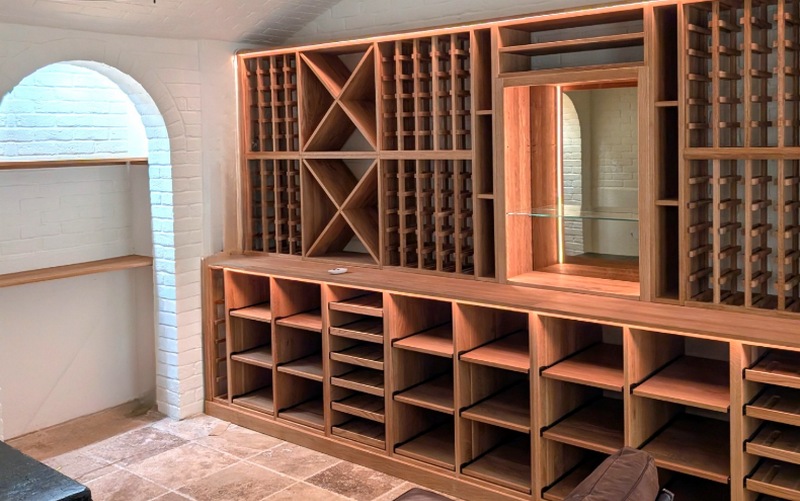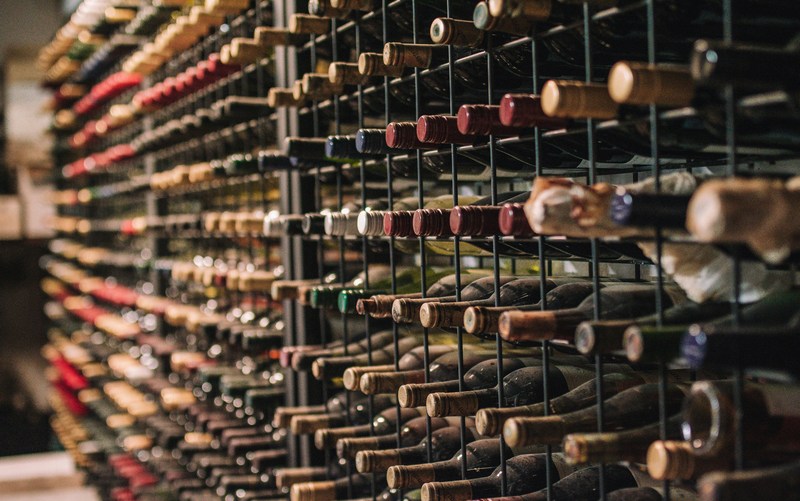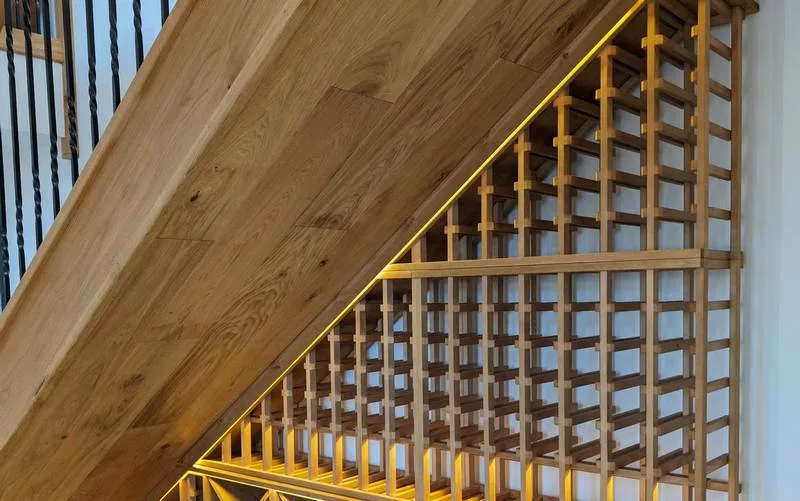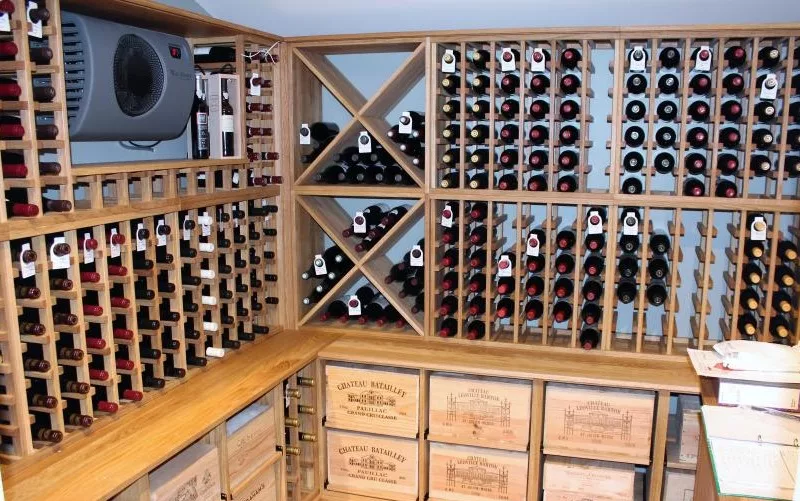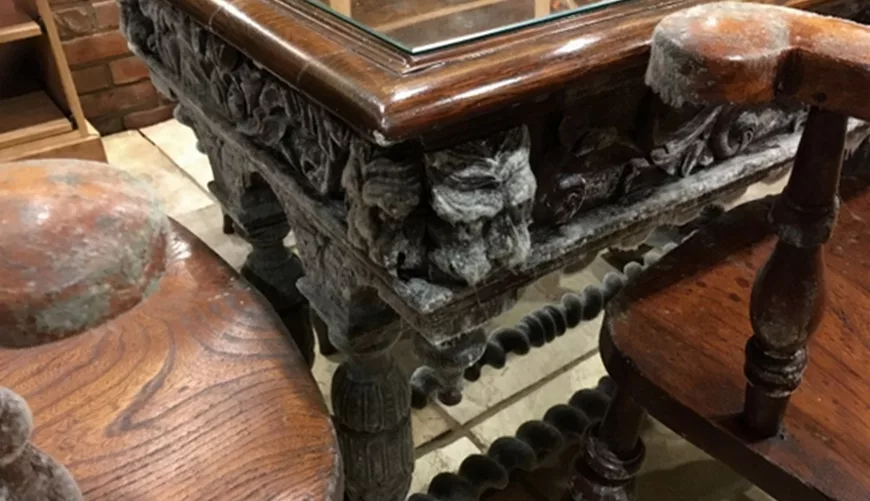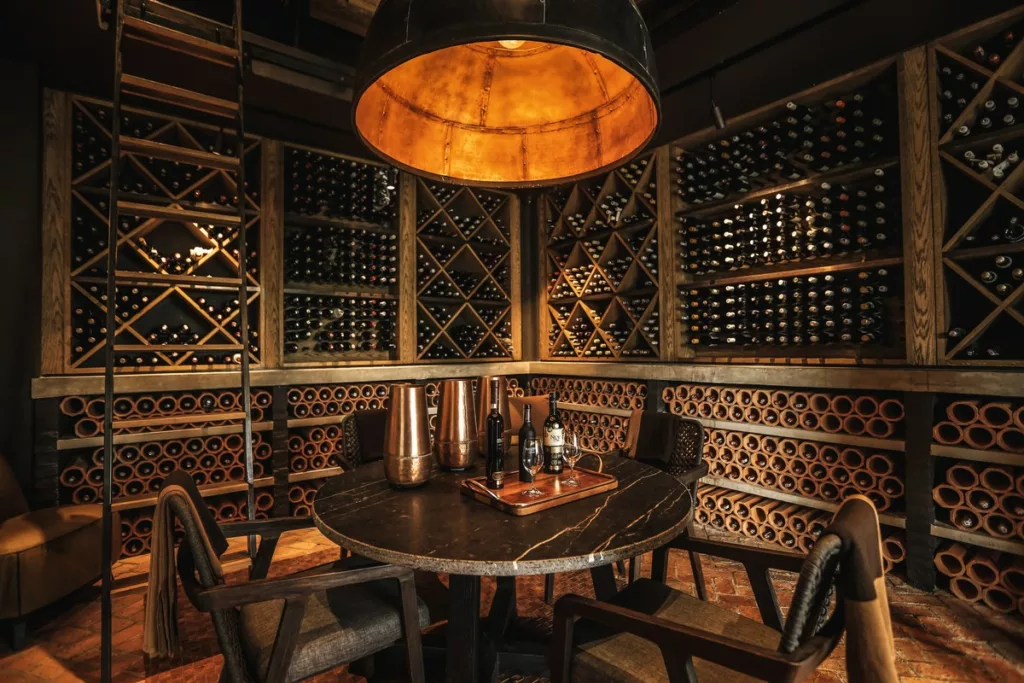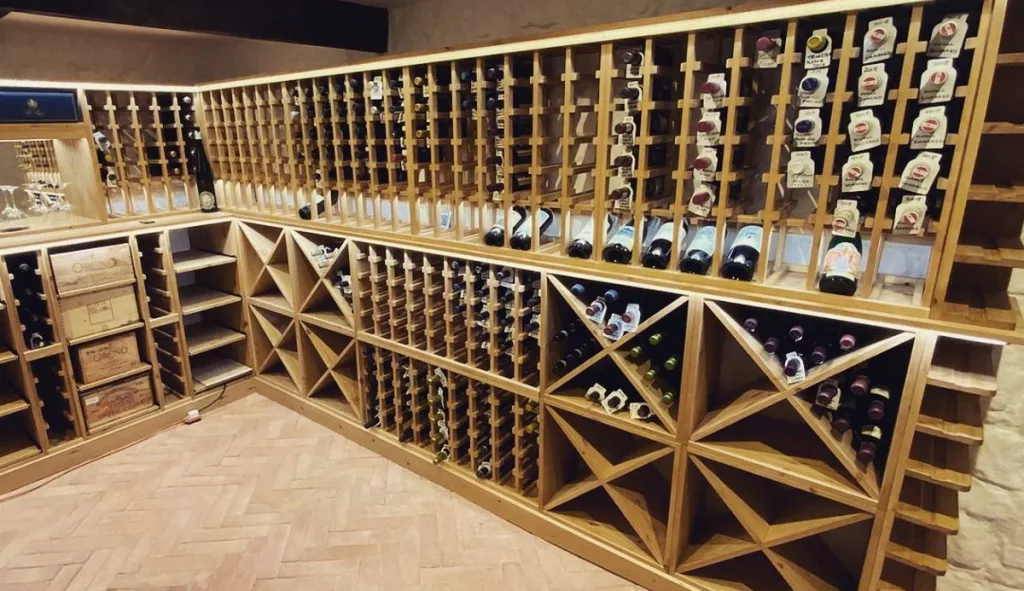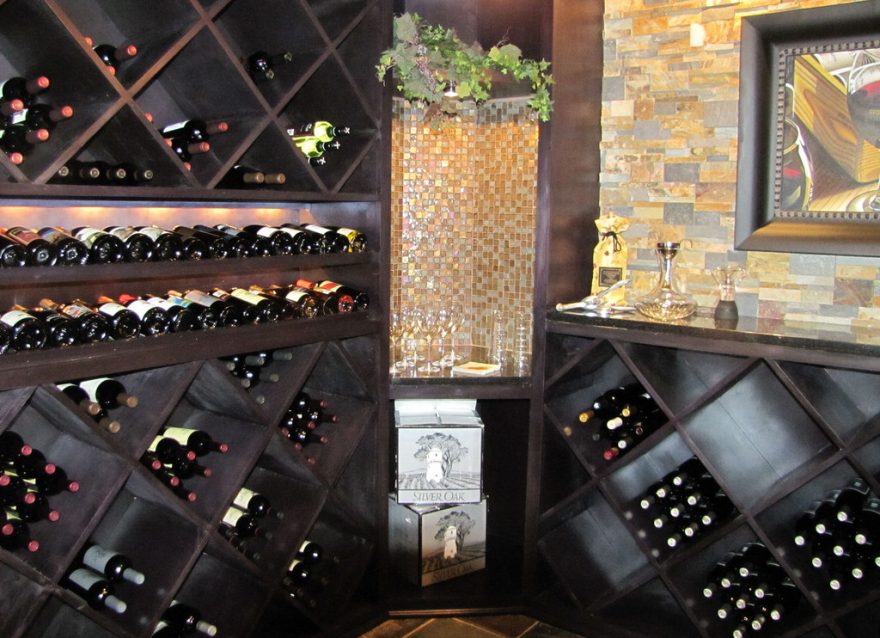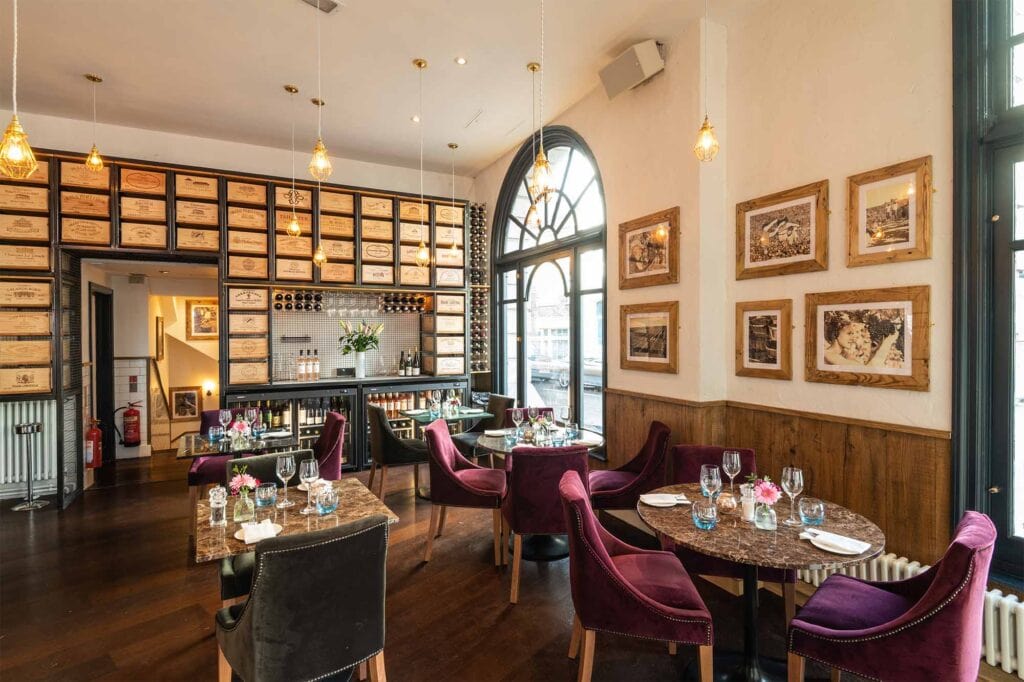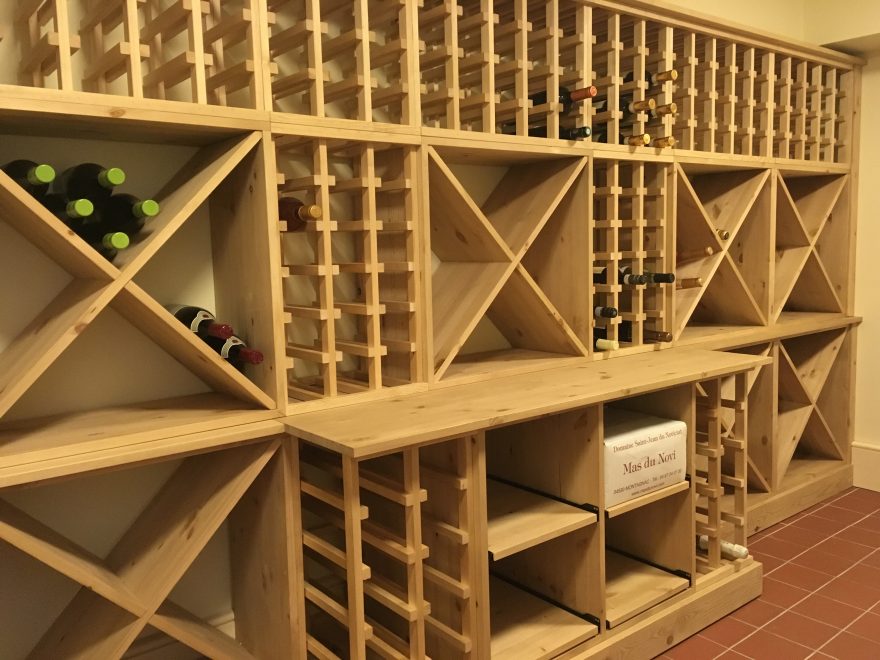What our customer are asking our ai wine rack chat bot Working to transform any space into beautiful wine storage systems At Wineracks.co.uk, we’ve quoted and designed dozens of bespoke wine storage projects over the past few months – from under-stairs installations to full-blown climate-controlled cellars. Using our online chatbot, customers share their project ideas, […]
Read more >